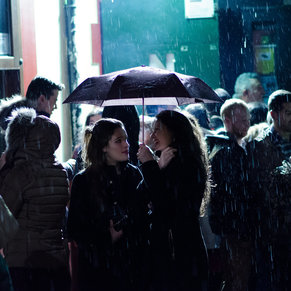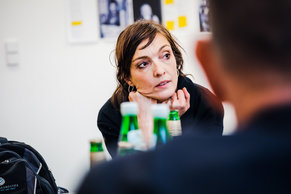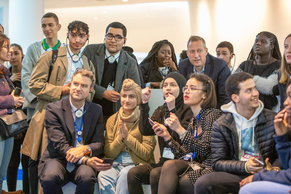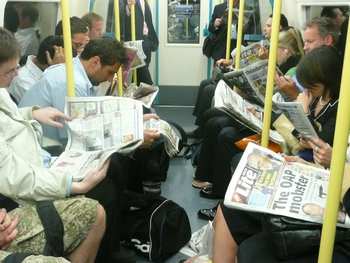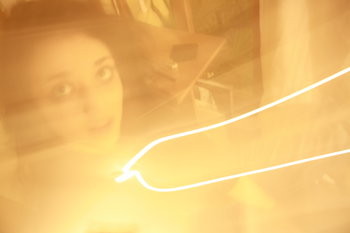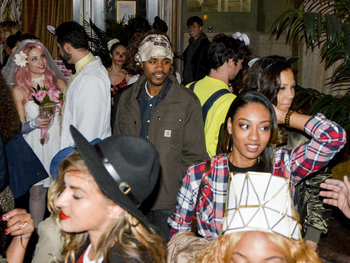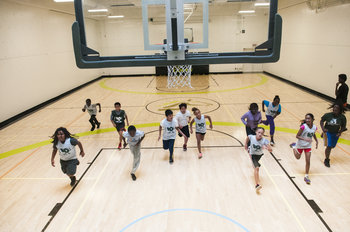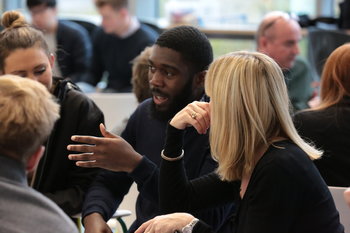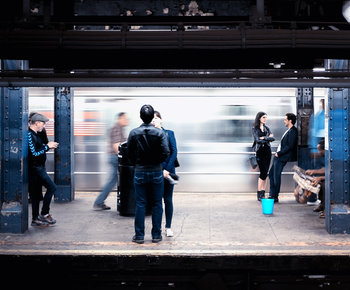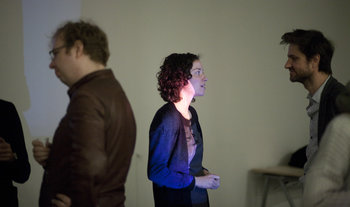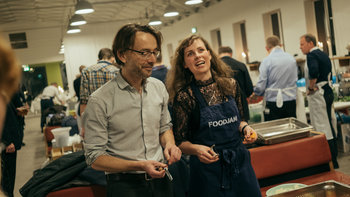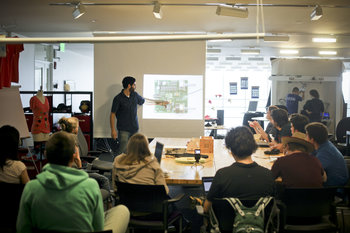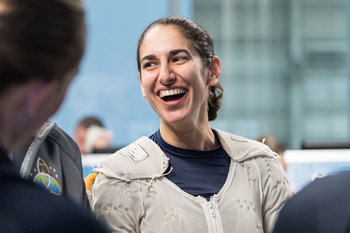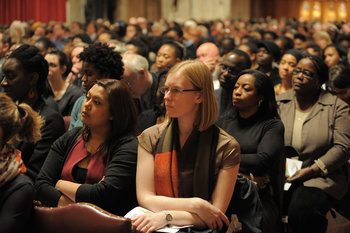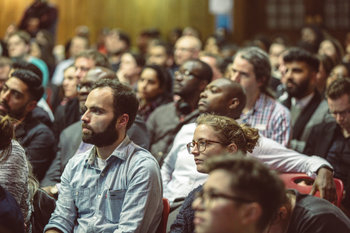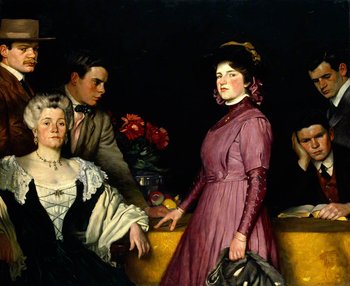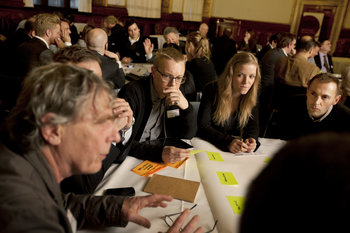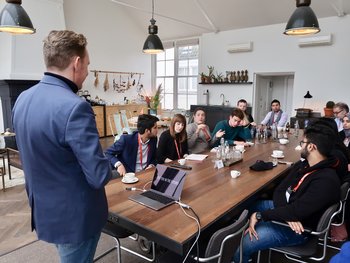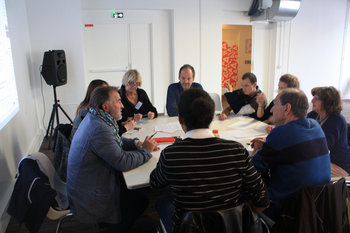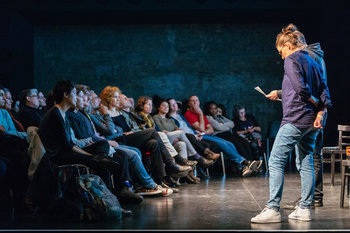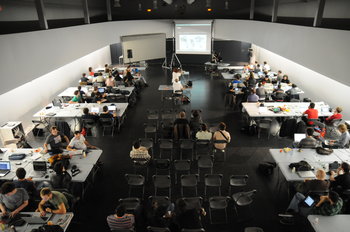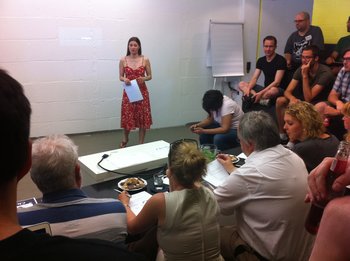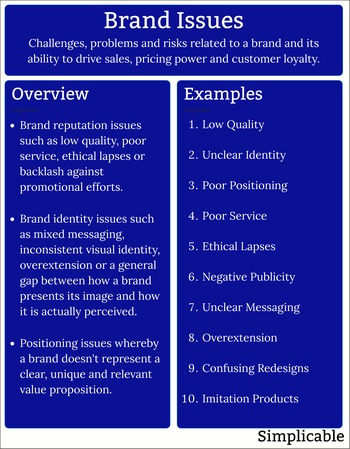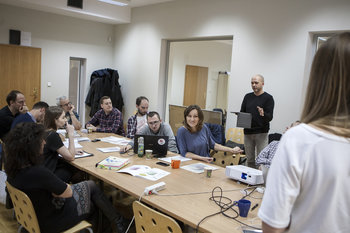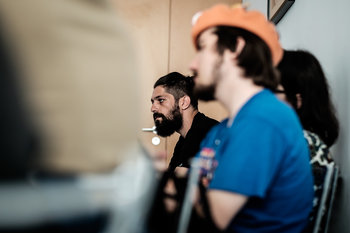|
| |
Social cues are subtle and indirect means of communication that can be both verbal and nonverbal. These can communicate emotion, mood, intent and meaning without words or as an extension to the literal meaning of words. Picking up on social cues is an important element of social perception and communication. These differ by culture such that social cues can be a challenge when learning a second language. The following are common types of social cues followed by a few concrete examples.
Active Silence | Attention | Attitude | Avoiding Eye Contact | Back Slapping | Body Language | Bowing | Breathing Patterns | Chest Specifically | Countersignaling | Covering One's Mouth | Distance (Proxemics) | Energy Level | Eye Contact | Eye Expressions | Facial Expressions | Facing Someone / Angling Away | Fashion / Style | Fidgeting | Gestures | Handshakes | Head Bobble | Holding Hands | Inflection | Laughter | Listening / Not Listening | Mirroring | Nervous Habits | Nodding | Personal Presence | Physical Touch | Posture | Power Posing | Shoulders Specifically | Sighing | Signaling | Smiling | Speaking Rhythm / Speed | Standing Tall | Timing | Tone of Text | Tone of Voice | Turn-taking / Interrupting | Voice Loudness | Voice Pitch | Word Stress | Yawning |
NotesSocial cues can be viewed at the technical level in terms of the physical aspects of your communication and voice. They can also be viewed at a very high level such as the attitude that you are conveying with your physical presence and speech.People are able to integrate many cues to communicate with detail and precision. For example, kind eyes, soft tone of voice and gentle movements designed to communicate empathy.Signaling is the process of trying to convey positive information about yourself. For example, standing tall in a power pose to communicate strength.Countersignaling is the process of downplaying yourself as a sign of strength. This is characteristic of those with a stronger social position. For example, a professional boxer who doesn't puff out their chest, raise their voice or stand tall when confronted by a stranger on the street.
Social Perception
This is the complete list of articles we have written about social perception.
If you enjoyed this page, please consider bookmarking Simplicable.
© 2010-2023 Simplicable. All Rights Reserved. Reproduction of materials found on this site, in any form, without explicit permission is prohibited.
View credits & copyrights or citation information for this page.
|


